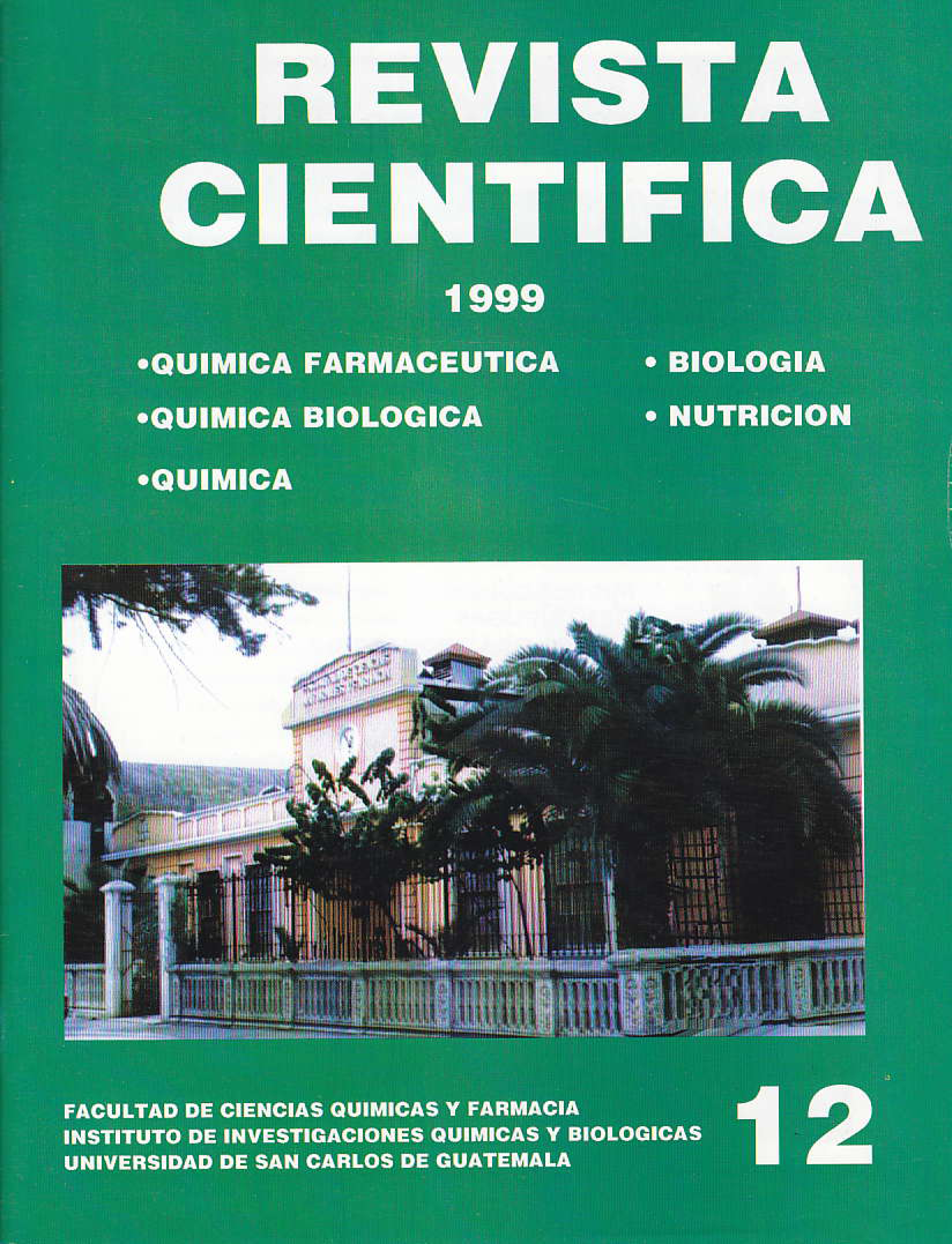Design of a long-term biological monitoring program showing through a case study: The selective cutting of the forest in the Bethel cooperative, La Libertad, Peten.
DOI:
https://doi.org/10.54495/Rev.Cientifica.v12i1.343Keywords:
Design, biological monitoring program, case study, selective cutting, forest, La Libertad, PetenAbstract
The requirements for the approach, design and execution of an ecological monitoring program are shown through this case study, the long-term effect of selective forest cutting on biological diversity in the Bethel Cooperative. Freedom, Peten. Existing information on Bethel's forest management plans was analyzed to determine the details of their execution. Data from a study by! effect of the first selective cut carried out according to the management plan. Field verifications were carried out to know the practical aspects of the forest management referred to and the characteristics of the area in general. With this information it was possible to characterize and interpret the treatment. Data from a pilot study on diurnal butterflies, dung beetles and small mammals were collected and analyzed to be tested as indicators of changes in biological diversity produced by the treatment, following the recommendations of Landres (1988), Noss (1990) and Kremen (1992). With all this information, a biological diversity monitoring design was proposed with a minimum duration of 20 years. The design seeks to test possible changes in heterogeneity (P diversity) produced by the chronic effect of the treatment.
Downloads
References
Austin, G.T., N.M. Haddad, C.A. Méndez, T.D, Sisk, D.D. Murphy, A.E. Launer, and P.R. Ehrlich. 1996. Annotated checklist of the butterflies of Tikal National Park and vicinity, Guatemala (Lepidoptera). Tropical Lepidoptera 7(1): 21-37.
Bissonette, J.A., and P. IL Krausman, eds. 1995. Integrating people and wildlife for a sustainable future. Proceedings of the First International Wildlife Management Congress. The Wildlife Society, Bethesda, Md. 697pp.
Borror, D. J., D. M. Delong and C. A. Triplehorn. 1976. An introduction to the study of insects. Fourth ed. Holt, Rinehart and Winston. U.S.A. XXXIV+789pp.
Brown, K. S. 1989. Conservation of neotropical environments: insects as indicators. Page. 350401 en N. M. Collins & J. A. Thomas, (editores). The conservation of insects and their habitats Academic Press. San Diego, CA. USA.
Centro de Datos Para la Conservación de Guatemala. 1987. Manual de Operaciones. The Nature Conservancy.
Centro de Datos para la Conservación. 1993. Evaluación ecológica rápida de la Reserva de la Biosfera Sierra de la Minas. Reporte final. Guatemala. Guatemala. 57pp.
Centro Agronómico Tropical de Investigación y Enseñanza. 1996. Plan maestro Reserva de la Biosfera Maya. Consejo Nacional de Areas Protegidas. Guatemala. 39pp.
Contreras, J. y J. Morales. 1995. Evaluación de los efectos del aprovechamiento forestal sobre el bosque residual en Bethel, La Libertad. Peten. Guatemala, PROPETEN. Conservación Internacional 34pp.
Coronado, L. E. 1995. Determinación de la homogeneidad del bosque en el área del monitoreo biológico en la cooperativa Befliel (La Libertad, Retén), (tesis de iicenciaatura). Facultad de Ciencias Químicas y Farmacia, Universidad de San Carlos de Guatemala. 37pp.
Defensores de la Naturaleza. 1990. Estudio Técnico para dar a Sierra de las Minas la categoría de Reserva de la Biosfera. World Wildlife Fund-Defensores de la Naturaleza. Guatemala. Guatemala.44pp.
Downloads
Published
How to Cite
Issue
Section
License
Copyright (c) 1999 Claudio Aquiles Menéndez Hernández, Oscar Francisco Lara

This work is licensed under a Creative Commons Attribution 4.0 International License.
Authors who publish with this journal agree to the following terms:
- Authors retain copyright and grant the journal right of first publication with the work simultaneously licensed under a Creative Commons Attribution License 4.0 that allows others to share the work with an acknowledgement of the work's authorship and initial publication in this journal.
- Authors are able to enter into separate, additional contractual arrangements for the non-exclusive distribution of the journal's published version of the work (e.g., post it to an institutional repository or publish it in a book), with an acknowledgement of its initial publication in this journal.
- Authors are permitted and encouraged to post their work online (e.g., in institutional repositories or on their website) prior to and during the submission process, as it can lead to productive exchanges, as well as earlier and greater citation of published work.









